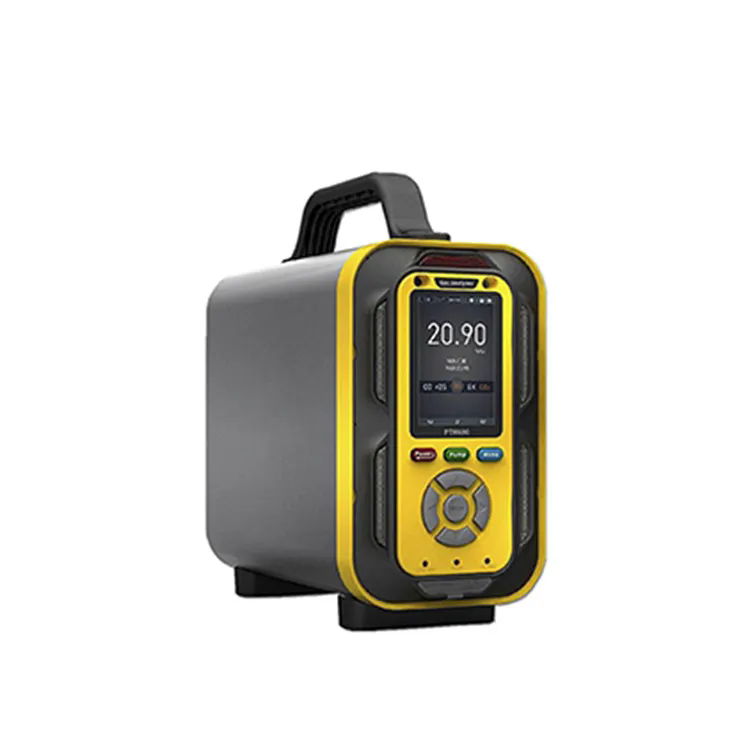- English
- Español
- Português
- русский
- Français
- 日本語
- Deutsch
- tiếng Việt
- Italiano
- Nederlands
- ภาษาไทย
- Polski
- 한국어
- Svenska
- magyar
- Malay
- বাংলা ভাষার
- Dansk
- Suomi
- हिन्दी
- Pilipino
- Türkçe
- Gaeilge
- العربية
- Indonesia
- Norsk
- تمل
- český
- ελληνικά
- український
- Javanese
- فارسی
- தமிழ்
- తెలుగు
- नेपाली
- Burmese
- български
- ລາວ
- Latine
- Қазақша
- Euskal
- Azərbaycan
- Slovenský jazyk
- Македонски
- Lietuvos
- Eesti Keel
- Română
- Slovenski
- मराठी
- Srpski језик
What is the protection level of the gas analyzer? Can it adapt to harsh environments?
2024-08-05
A gas analyzer is a process analysis instrument used to measure gas composition. It mainly uses gas sensors to detect the type, concentration and properties of gases in the environment. It plays an important role in modern industry, environmental monitoring, safety testing and scientific research. So how high is the protection level of the gas analyzer? Can it adapt to harsh environments? Let's follow the editor of Zetron Technology to learn about it.
The protection level of gas analyzers varies due to the inconsistency of their models, designs and uses. Generally speaking, gas analyzers have a high protection level so that they can be used in various environmental conditions, especially harsh environments.
Overview of protection level:
The protection level is usually expressed by an IP code, which consists of two numbers. The first number indicates the protection against solid particles, and the second number represents the degree of protection against liquids. The higher the number, the stronger the protection. For example, IP66 and IP67 are common higher protection levels, which respectively indicate that the equipment can completely prevent the entry of solid matter and maintain protection performance when subjected to strong water jets or short-term immersion.
Ability to adapt to harsh environments:
1. Dustproof and waterproof: Gas analyzers with high protection levels (such as IP66 and IP67) can completely prevent the entry of solid matter (such as dust and particles) and can resist the entry of water to a certain extent (such as spraying water or short-term immersion). This allows them to work normally in high-dust, high-humidity or humid environments.
2. Resist external impact: In addition to dustproof and waterproof, gas analyzers with high protection levels usually have stronger structural design and stricter manufacturing processes, which can resist external impacts such as falling and vibration, ensuring stability and reliability in harsh environments.
3. Protect sensors: In harsh environments, sensors are easily contaminated or damaged. Gas analyzers with high protection levels can protect sensors from contamination through built-in water vapor and dust filters, ensuring the accuracy and reliability of detection data.
4. Avoid safety hazards: In dangerous places such as petroleum, chemical, and coal mines, gas analyzers with high protection levels can ensure the personal safety of detection personnel. Even in unexpected situations such as equipment falling and water splashing, they can work normally to avoid safety accidents caused by equipment failure.
In summary, the protection level of gas analyzers varies due to their models and designs, but many products have a high protection level to adapt to harsh environments. In the process of using and maintaining gas analyzers, attention should be paid to following the relevant operating procedures and precautions to extend the use time of the equipment and ensure its normal operation. At the same time, with the continuous advancement of technology and the continuous extension of applications, the performance and functions of gas analyzers will continue to be improved and enhanced.








